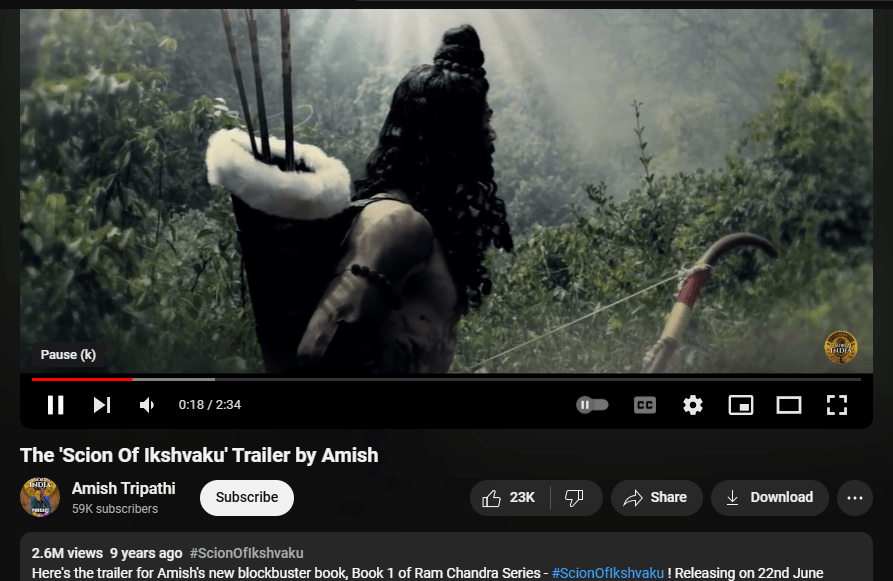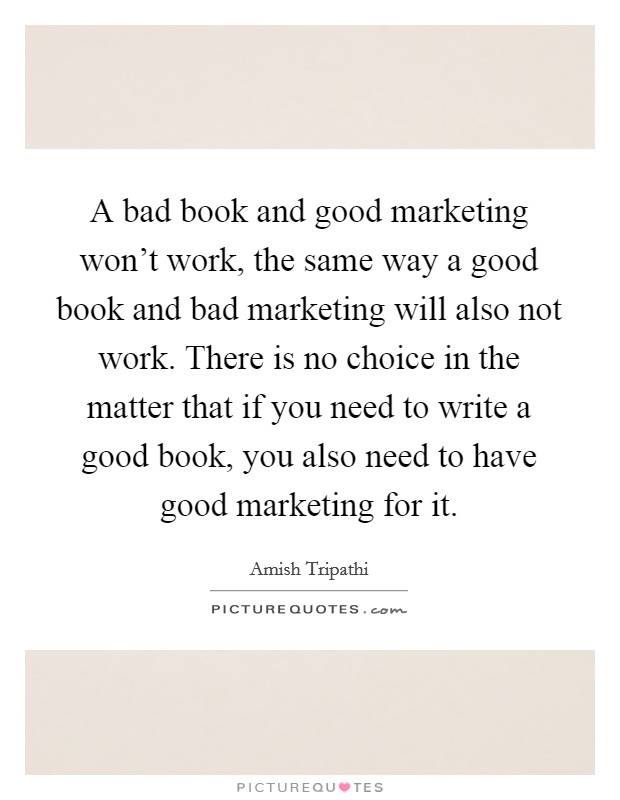With many authors choosing self-publishing over the traditional approach, the need for marketing has become more important now than ever. Sure, your novel has the best story you’ve ever read (or, if you’re the self-deprecating writer, a good story). But the readers will only be excited to pick up your book if there’s palpable excitement around it. The only way to do that? Effective book marketing.
Writing and Marketing – The Double-Edged Sword of Book Publishing
In today’s world, where everything is rated and reviewed, writing a book and hoping the readers will pick up isn’t enough. You must be able to promote your book in such a way that would attract the readers even before its publication date. But does that mean you can write a shitty story and get away with it?
There are many instances where the book gets hyped through great marketing. But once the readers start picking it apart, it is evident the story is not-so-good. Inversely, many literary gems get buried in the sea of new releases simply because there was bad or no marketing at all. The Shiva Trilogy’s author, Amish Tripathi, captures this in succinct words – “A bad book and good marketing won’t work, the same way a good book and bad marketing will also not work.”
Today’s world puts equal importance on both, marketing and writing. As a result, it is more than important now to know the tricks to promote your book, especially when you self-publish.
7 Ideas to Promote Your Book All on Your Own!
- Advanced Reader Copy (ARC)
Authors these days have started offering their books as advanced reader copies (ARC) to get the news of their novels out there. ARCs are basically the copies that haven’t gone through the final check before production. Authors – or publishing houses – upload these copies on ARC platforms, where readers can download and read for free. The catch? They must read within a set period and give a rating and a review on Amazon, Goodreads and other relevant platforms.
The main goal of ARCs is to generate excitement for the book before its publication. So, when people actually stumble upon the book, they see the already-there reviews and become more interested in the book. You can start by making your book available as an ARC and build up to actually having a dedicated team of ARC readers.
- Social Media & Fan Engagement
Social media is a great tool for interacting with people, which authors can utilise to engage with readers. You can start out by posting the book cover, blurb, reviews from other authors and what ARC readers are saying about your story. If your initial posts have attracted enough readers, putting up snippets of your books can get more readers involved!
There are many other, subtler ways to utilise social media in creating a space for you. You can run polls, ask questions, reply to comments and participate in discussions related to your book’s genre. People are bound to check out your profile and get to know about your upcoming book.
- E-mail Marketing
E-mail marketing is one of the common yet successful strategies for promoting your book. In fact, more than 70% of people consider e-mail marketing as their preferred choice for finding promotional stuff. It requires detailed planning, but once that stage is done, it definitely becomes a quick, free and efficient alternative to other types of marketing.
E-mail marketing gives a direct way of reaching an audience, as you are the one sending an e-mail right into the reader’s inbox. You must build mailing lists and persuade readers to subscribe to you. Once you’ve built a proper readers’ network, you can send e-mails containing news about your book, sneak peeks, and requests for beta reading and reviews.
- Book Influencers
The book influencers are the reason why Bookstagram, BookTube, and BookTok came into existence! These are people who ‘influence’ other readers by making posts and videos about books they read. The books don’t have to necessarily be their favourites; book influencers can also talk about books they didn’t like. As these people generally have a substantial following, whatever they say could influence people into reading (or not reading) a book.
You can reach an even bigger target audience by sending your book to book influencers who prefer reading genres similar to your book. Many established authors design influencer packages, which contain the book, a letter to review it, business cards and merch. But sending an e-book with relevant materials through e-mail also works!
- Giveaways
Book giveaways have been one of the staples in the marketing strategies of authors and publishing houses. These essentially function as a contest where readers participate – on platforms like GoodReads, Book Riot, and LibraryThing – to win a free book. As authors, you have to set your own rules for the giveaways. This could include the location of the participants; how many can take part and the format of the giveaway copy.
Giveaways, just like ARCs, are a great way to create hype about your book among readers. Moreover, winning a giveaway becomes a positive experience for the readers, who then become more likely to check out your work. American author Dorothy Wiley says, “It’s actually a great investment…” and if you do organise a giveaway, you’d come to agree too.
- Amazon KDP Select
Kindle Direct Publishing (KDP) is Amazon’s self-publishing platform for authors who don’t want to choose a traditional publisher. KDP offers a couple of features you can exploit, such as an intuitive editor, a sales tracking page, and a free ISBN for your book. If you release your book here, then it automatically becomes available on Amazon for Kindle readers.
Another exclusive benefit – from a marketing point of view – is the Amazon KDP Select program. This program grants exclusive distribution rights to Amazon for a period of 90 days. Through KDP Select, millions of readers on Kindle Unlimited (KU) can access your book, where you get royalties based on pages read.
- Book trailers
Trailers are not just limited to movies and series anymore – you can create a trailer for your book! These trailers don’t summarise the books; instead, readers get to watch an exciting 30-second or one-minute sneak peek into what it’s about. The trailer almost always ends on an enticing cliffhanger, leading the readers to at least check out your book.
A great example of this is Amish Tripathi’s successful attempt at making book trailers for his Shiva Trilogy as well as the Scion of Ikshvaku series. The trailers for both series have garnered over 100K views. Moreover, the trailer of Scion of Ikshvaku’s Book 1 has more than 2 million views, showing just how powerful book trailers can be!
Final Words
In today’s world, a book will only become the readers’ choice if good writing is combined with effective marketing. Thankfully, there are a lot of avenues opened up to achieve the same. From sending out ARCs to making promotional newsletters, you can choose any of these options that suits your needs the best. Ultimately, the goal is to make your writing touch readers’ hearts – and a combination of these marketing strategies will help you do that!







